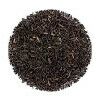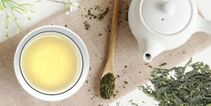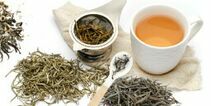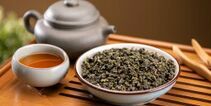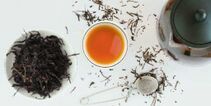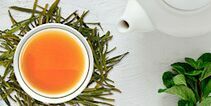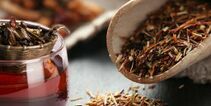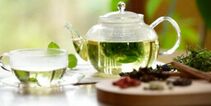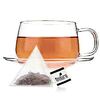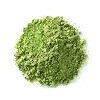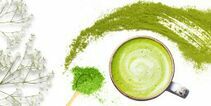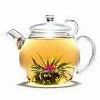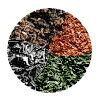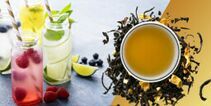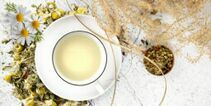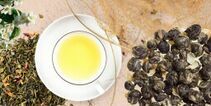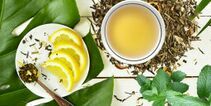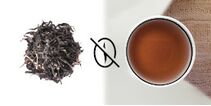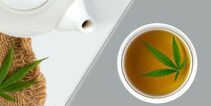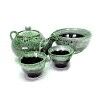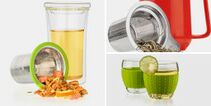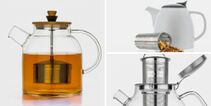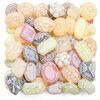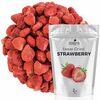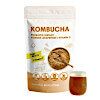Complete guide to Huang Shan Bao Zhong oolong tea
What is Huang Shan Bao Zhong Oolong Tea
Huang Shan Bao Zhong oolong tea is one of the most rich in flavor and aroma teas. It wonderfully intertwines berry, honey, fruit notes, a fragrant aroma and a long aftertaste without any external flavorings. This is a bright, distinctive, very different in flavor and very positive in its effect oolong, in general, an absolute must-have tea.
It can be light and delicate, can be strong and spicy, can be almost anything. The main thing, as always, is to find a good quality tea, and we'll tell you how.
These oolongs have many names: Huang Shan Bao Zhong, Chaozhou Cha, Guangdong Oolong, Phoenix Oolong, Dan Tsung. These are the same teas, known in China since the Ming Dynasty (14th-17th centuries) and grown in the Phoenix Mountains area near Chaozhou, Guangdong province.
Why are the bushes of this tea so lonely?
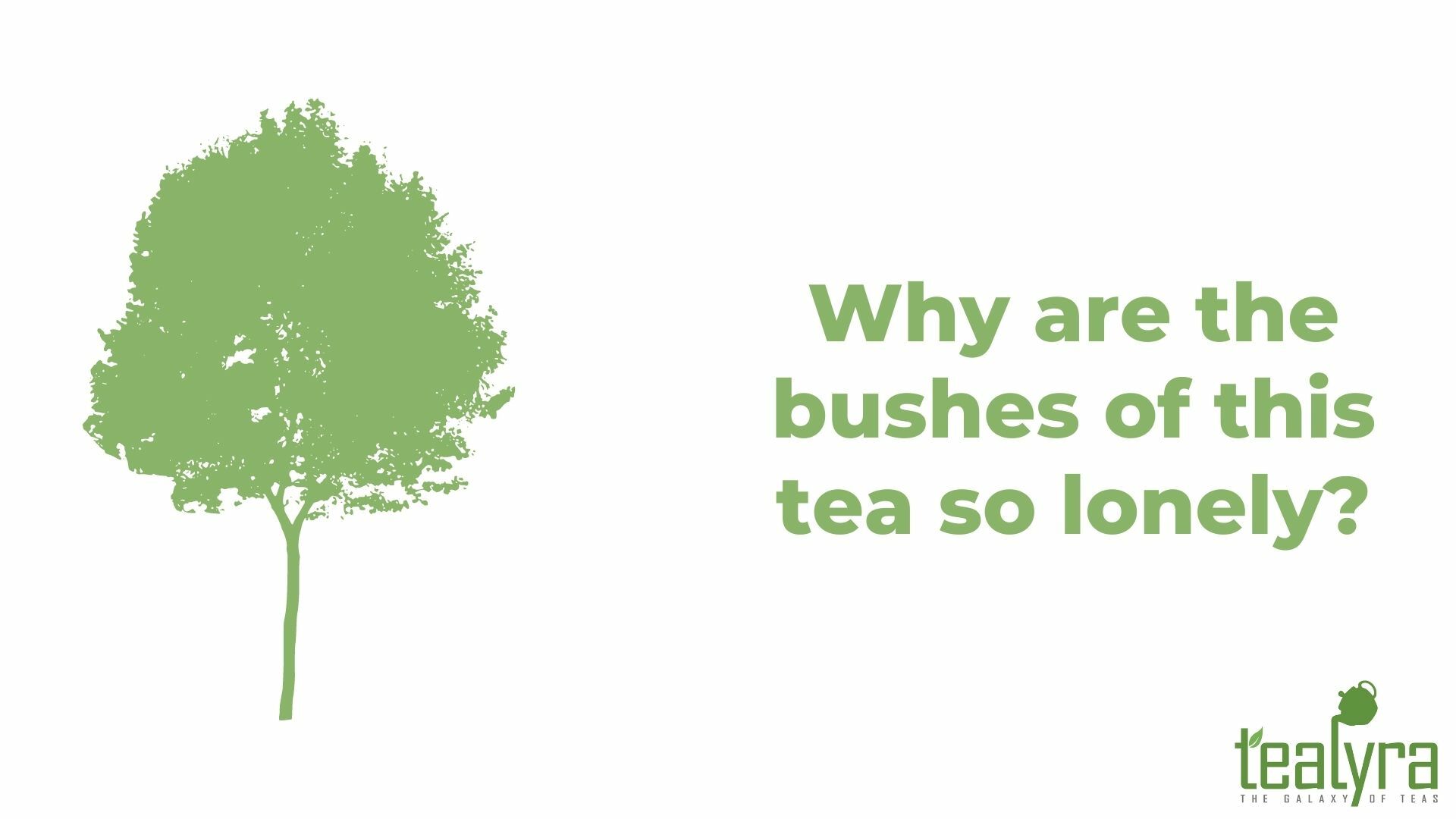
First, unlike many other teas, they are always trees, not bushes. Secondly, thanks to the special plasticity of the variety, as a result of breeding and natural conditions (climate, soil composition, height, etc.) today there are more than 80 varieties of tea bush, united by the common name - Dan Tsung ("Lonely bushes"), but not in the sense that they are all abandoned, but, to put it less poetically, solitary, freestanding or varietal.
The peculiarity of tea trees of this species is that each of them, growing in a wild environment on mountain slopes, has its own form of bush and leaf and gives tea with a characteristic, special taste and aroma. Hence the names of the varieties are based on the notes that can be felt in the finished tea: "Almond Fragrance", "Peach Fragrance", "Honey Orchid" and many, many more (cinnamon, grapefruit, osmanthus, lotus, ginger, tuberose, jasmine, etc.).
“The exception is Ya Shi Xiang Dan Tsung "Duck Dung" tea. According to legend, this name was given to the tea by a farmer to protect his tea garden from nighttime thieves. This is probably true because there is no other reason to call it that. In any case, it is one of the best representatives of Guangdong oolong with a very powerful orchid aroma and a slight tart flavor.”
That is how you get infinitely long and badly pronounced names of teas, for example Mi Lan Xiang Wu Dong Shan Bao Zhong, Xing Ren Xiang Feng Huang Bao Zhong, etc. In fact, it's simple: the name consists of: variety + locality + type of tree (always "Bao Zhong").
How Huang Shan Bao Zhong oolong tea is made
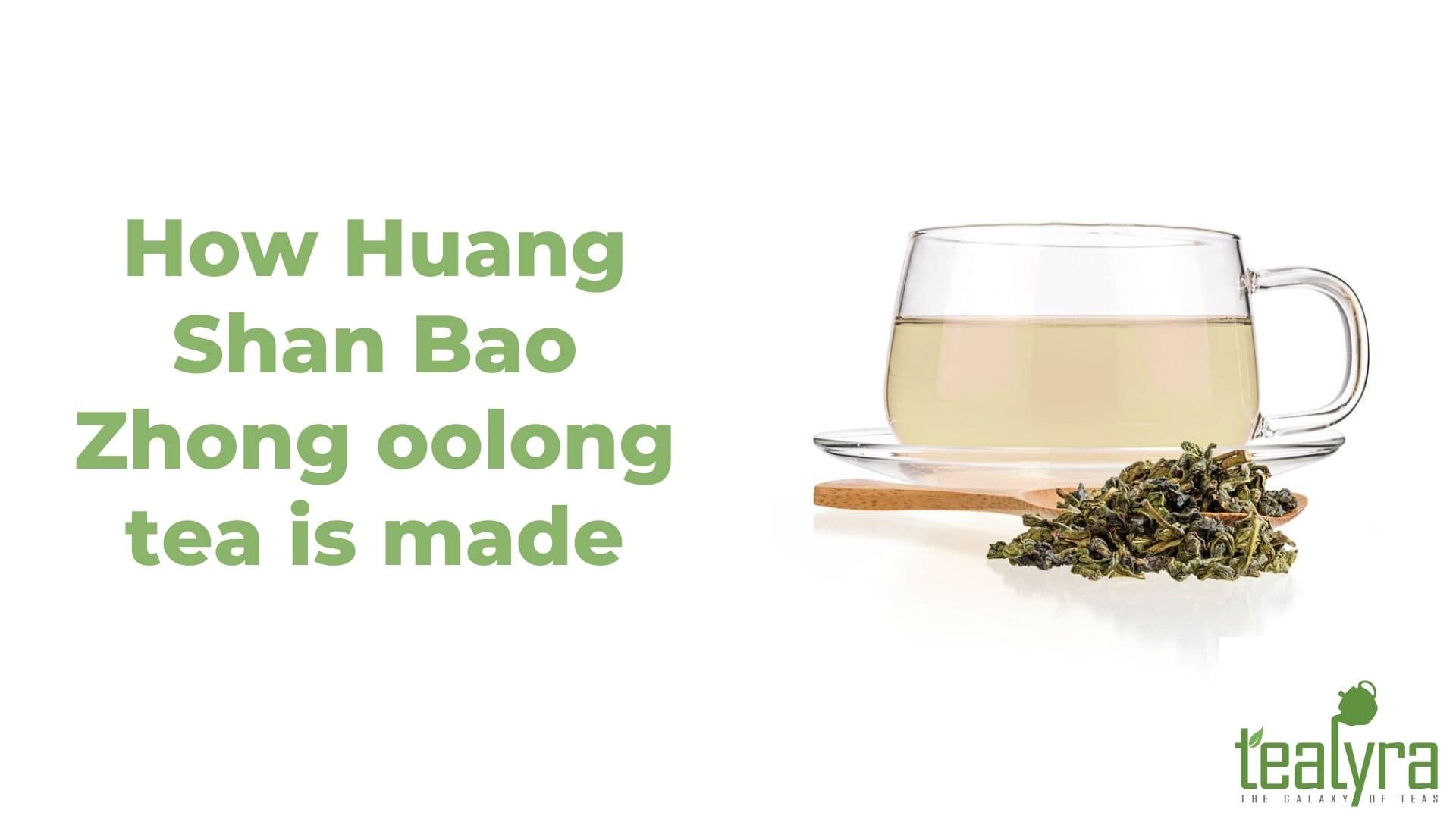
Gathering. Harvest on a sunny day, after 12 o'clock, when the dew on the leaves has dried. Two collection seasons: spring (March-April) and fall (September-October).
Fading. The collected leaves are spread out in a thin layer for 15-30 minutes in the sunlight. They lose some of their moisture. The leaves are then moved to a cool room where they will cool for an hour or two.
Oxidation (fermentation). The basic process of oolong production. The leaves are shaken and, as a result of their damage, enzymes of the cell sap interact with oxygen to form substances that impart flavor and aroma to the tea. The process begins on the evening of the day of picking and lasts 10-12 hours until morning. Fermentation is terminated when the herbaceous smell gives way to a floral and fruity one, and the edge of the leaf turns brown. The master always determines by eye whether the tea is ready.
Roasting and twisting. To stop fermentation, the leaf is quickly roasted in boilers or ovens at high temperature. The leaf is then twisted, allowing the juice to escape from the leaf onto its surface. The leaf is then toasted again, which "seals" the flavorful juice on the surface.
Hong Pei is charcoal drying. This process removes residual moisture in the leaf and fixes the flavor on its surface. It can be carried out up to two times. The final appearance and flavor of the tea will depend on it:
- Qing xiang in the name of the tea means one dried, fresh floral flavor and aroma, light infusion, green color of the dry brew
- Nun xiang (double drying): stronger infusion, darker color of the dry brew, juicy fruit and honey flavor, baked notes.
What affects the price and quality of Huang Shan Bao Zhong oolong tea
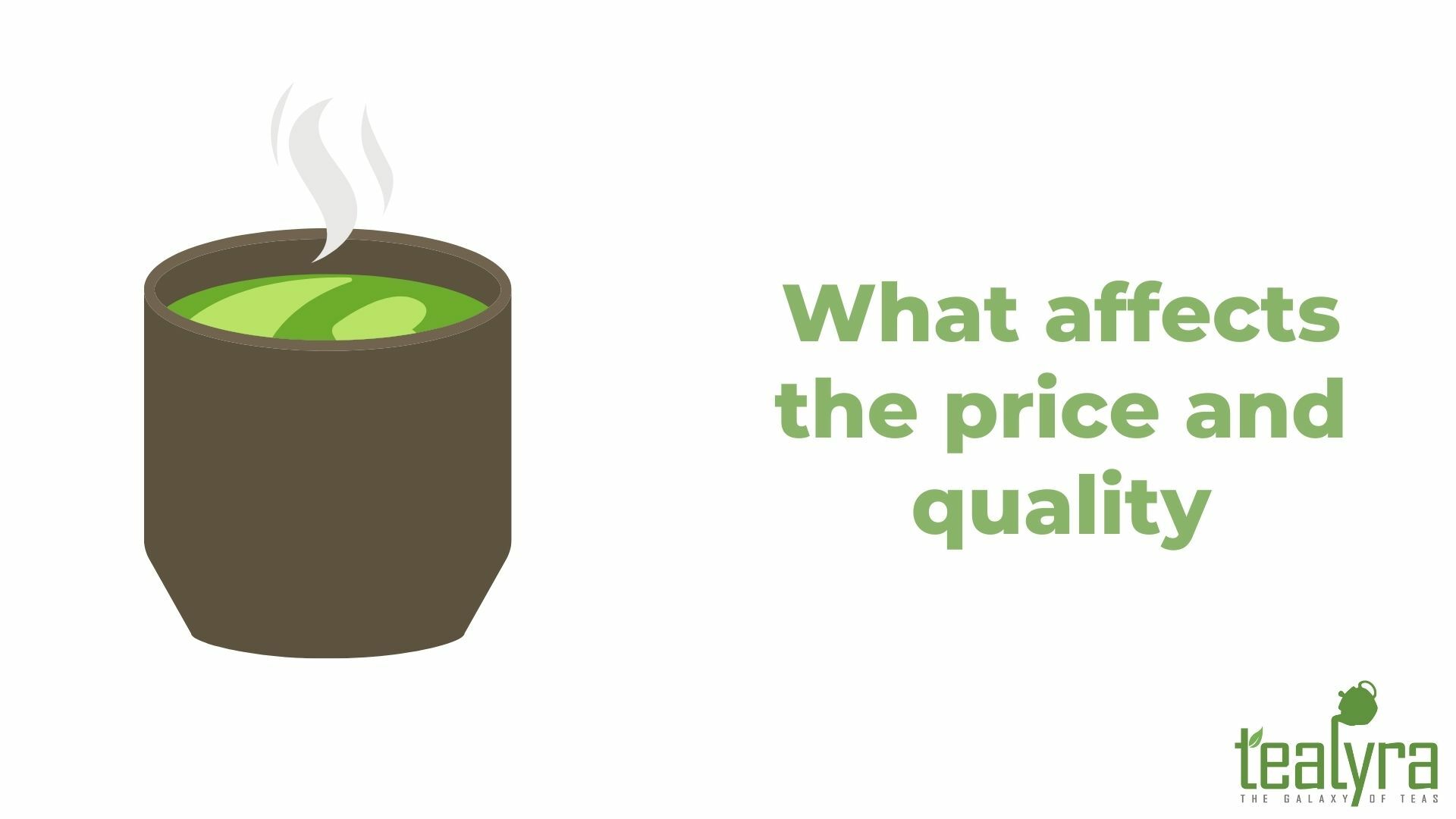
The type of tea tree from which the raw material is harvested is what affects the quality of tea.
Plantation bushes.
They are planted in rows in tea gardens at low altitudes, and this tea goes to the mass market. There are no varietal trees, leaves are harvested by automatic methods (shearing machines, vacuuming machines), bushes are fertilized, trimmed, etc. This kind of tea has an average taste. In theory, it is the cheapest tea, and has no right to be called "lone bush". However, it is, and is often sold at triple the price.
Feral trees.
They are planted by farmers on mountain slopes, and grow wild, not fertilized, not sprayed. They are harvested 1-2 times a year, so the leaves have time to accumulate minerals and polyphenols, something that affects the taste of the tea. Excellent value for money in most cases.
Old trees (a prefix to the name "lao tsung")
These are trees growing in the wild, ranging in age from a few dozen to several hundred years (the oldest tree, from which it is forbidden to collect tea, is 500 years old).
“An old tree ("lao tsung") has very long roots with a large surface area, which allows it to absorb much more minerals that contribute to the flavor, aroma, and aftertaste of the tea.
Usually, if a tree is more than 100 years old, it is a very expensive tea. But nowadays even 50-year-old trees are called old”
How to brew Huang Shan Bao Zhong oolong tea?

The taste of oolong depends very much on the brewing method. In general, both Wuishan oolong (Da Hong Pao, Shui Xian) and these oolongs are quite capricious. It is better to use soft drinking water (hard water tends to have a bitter and flat taste), to heat it correctly (under- and over-boiled water spoils the taste equally) and try not to let it cool down while brewing.
Basically, if you follow these simple conditions and have a good tea, you will get an A+.
Tea: on average, for a kettle of 150-200 ml takes ~ 5-7 grams.
Water: soft drinking water (mineralization less than 300 mg/l - read the label!). Heat it until the first large bubbles rise from the bottom (when the surface of the water in the kettle is not yet bubbling with clouds of steam). It is desirable to pour the water into a thermos flask, so it does not cool. A thermos is a very handy thing for any tea.
Utensils: anything that holds heat well - clay, porcelain, etc. - is suitable. High water temperature is important for "dark" oolong.
Always warm the pot with boiling water before brewing.
Rinse the tea: we put the brew in a warmed pot, pour it with water exactly enough to cover the brew and immediately drain it - this was a rinse of tea and its preparation for brewing. This infusion is not drunk.
Don't be afraid to drain the first infusion. If you've only held the brew for a few seconds, it won't give up all of its flavor and aroma the first time you drink it.
Spills. We brew in short spills: 1, 2, 3 brews - 5-10 seconds, then each time increasing the time by 10 seconds.
If you brew tea in a teapot or gaiwan, ideally you should use a chahay - a jug to drain the water so that the tea is not overcooked.
The trick is this: as you pour oolong tea through the teapot's small spout, the tea is severely overcooked. That's why an intermediate vessel is used, from which the tea is poured into the bowls in peace.
Effect of Huang Shan Bao Zhong oolong tea
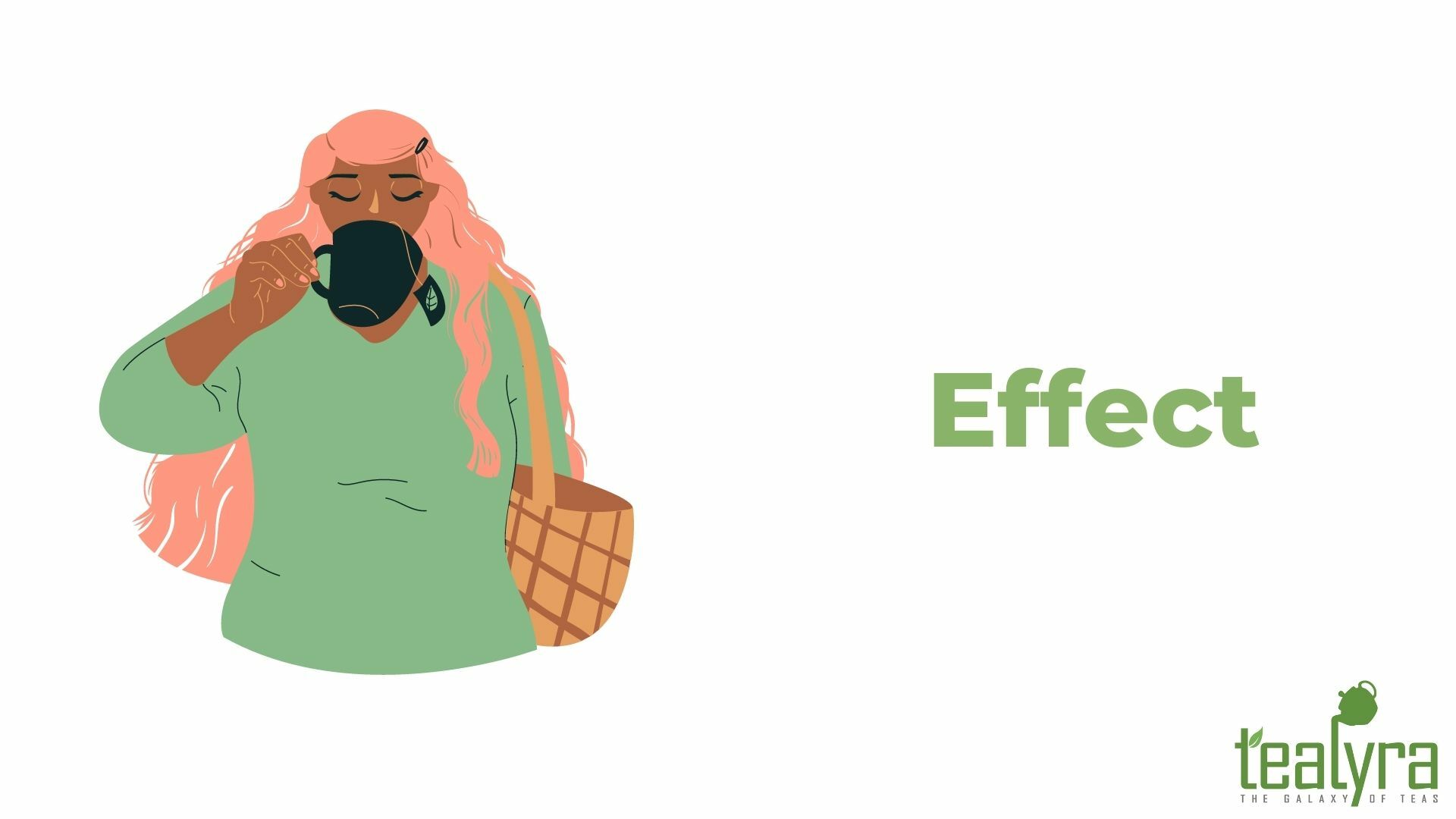
Going back to the definition of this tea as "hallucinogenic Huang Shan Bao Zhong oolong tea". It has nothing to do with reality. There can be no hallucinations from the tea in principle, so consider this as one way of stimulating sales of average quality tea and don't let yourself be fooled.
The effect of good Guangdong oolong, for all its neglucinogenicity, is still there, and strong. It is a very cool tea not only in terms of taste, but also in terms of its effect. When drunk leisurely and over a long period of time, these teas are tangibly relaxing and uplifting, make your head light, and create space for conversation.
This is a very positive, evening tea both for the company of loved ones and for getting to know each other.
Come in, choose and try our oolong teas. They are great and have taken a place in our premium collection.

